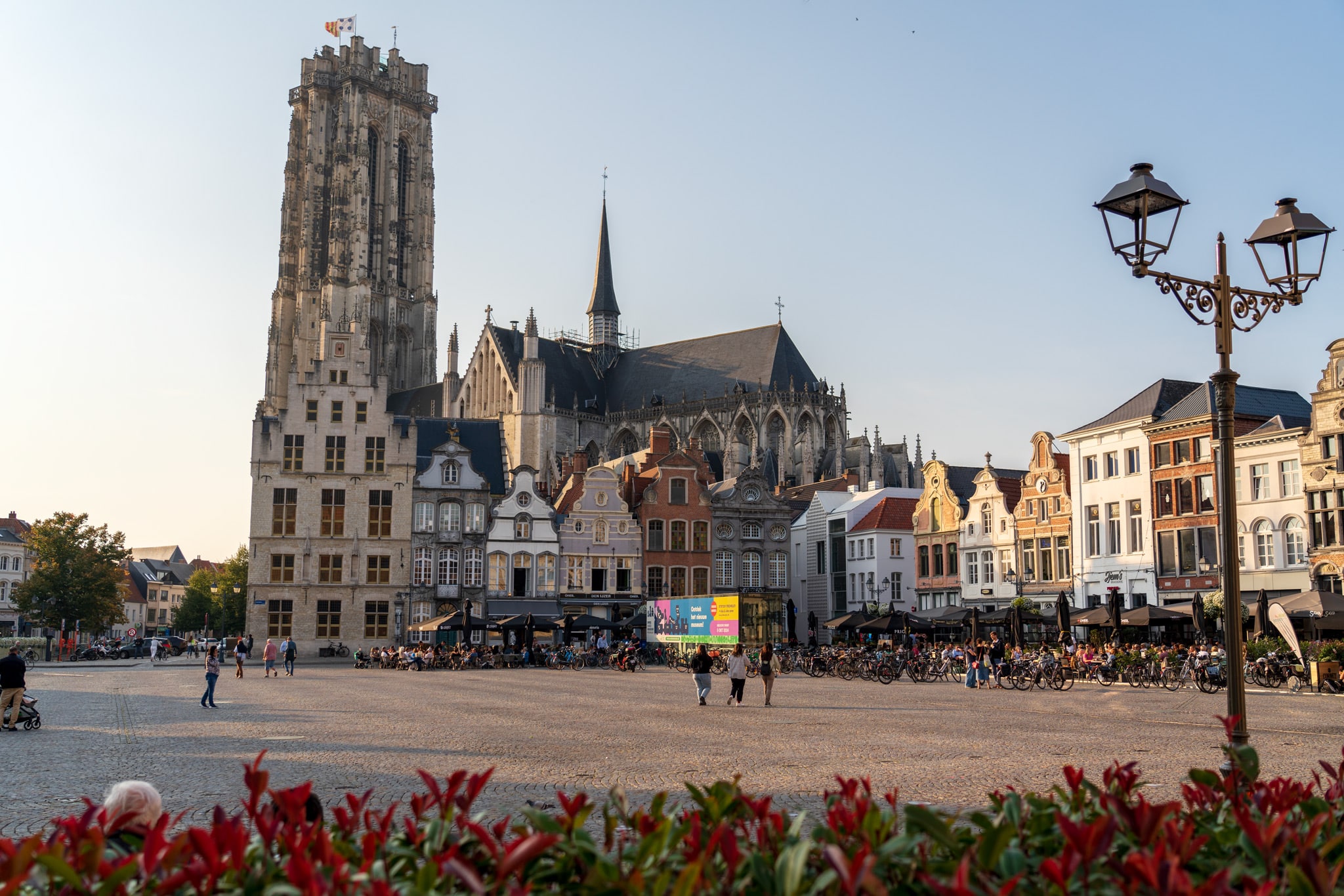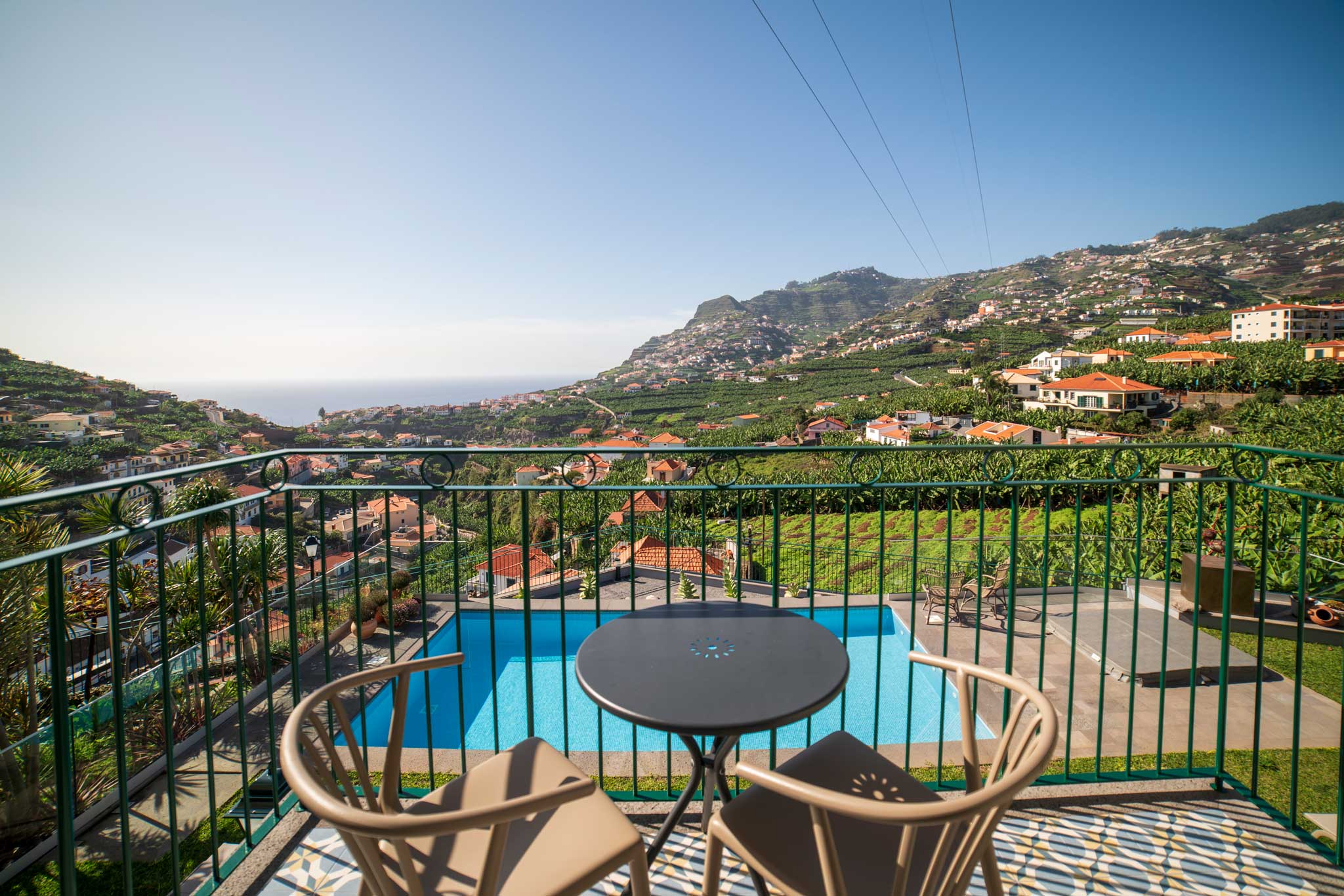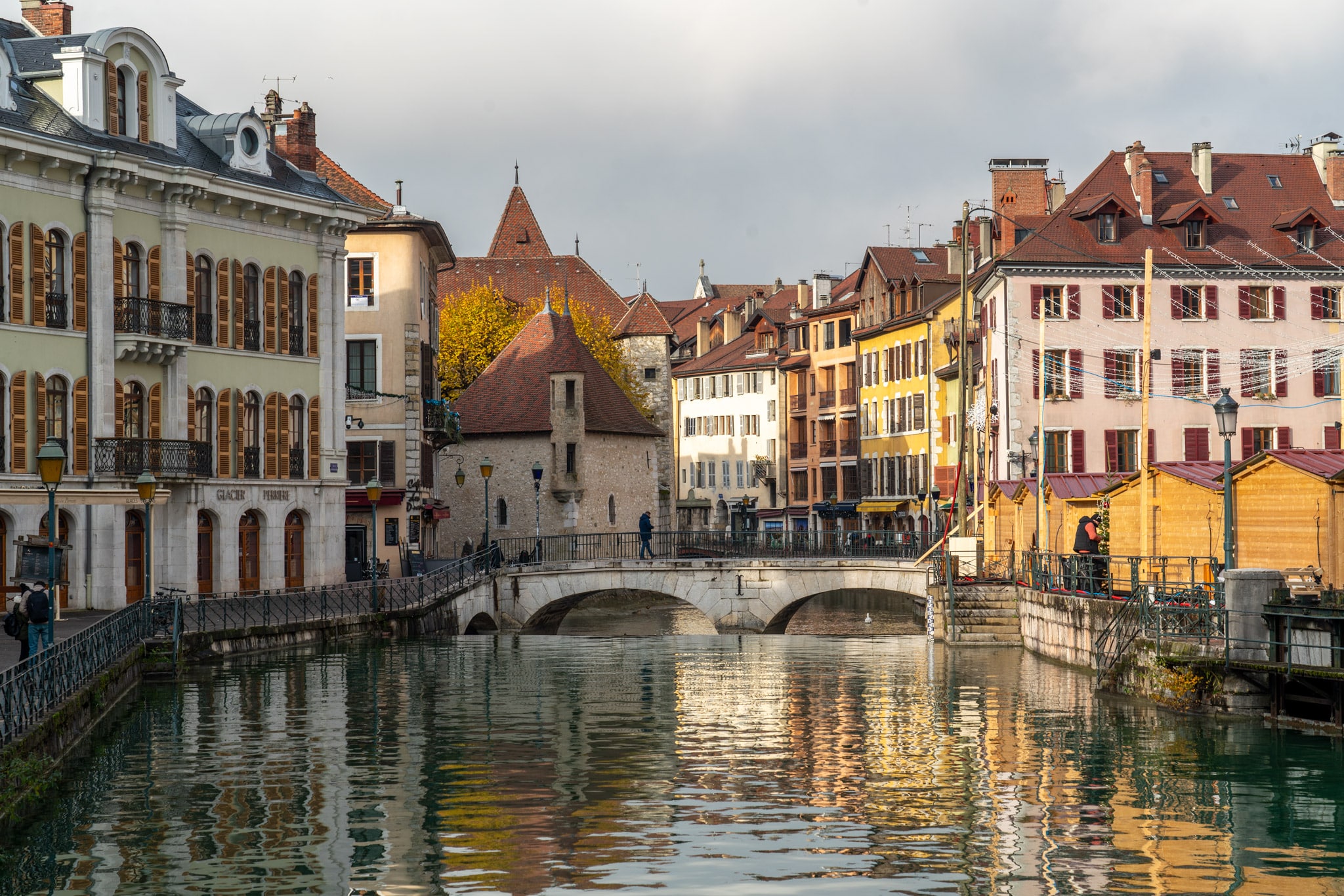Guidance in patching holes in plaster & lathe walls with insulation missing
Hi all, Curious how you all might tackle a project like this. I recently had solar panels installed in my house and they ran the cable in the wall (at my request). I thought it was simple drywall (as many of the other walls are), but we realized it was an original plaster and lathe wall when cutting open the walls. Hole: https://imgur.com/a/fAg3bTx There's 5 similar holes to fix. I don't want to replace the lathe and add plaster, but I could be convinced if that's by far the best way. My past experience and research says I could run a few strips of plywood vertically and then attach drywall to them. I was thinking of putting one strip of plywood below the lathe and then layering more on top to increase the height so that the drywall would be flush with the plaster. Is this the right way to do it? Also, this is my first time dealing with insulation. Could I just get a bat and cut to fit instead of dealing with blown-in insulation? Thanks! submitted by /u/MrPap [link] [comments]
Hi all,
Curious how you all might tackle a project like this. I recently had solar panels installed in my house and they ran the cable in the wall (at my request). I thought it was simple drywall (as many of the other walls are), but we realized it was an original plaster and lathe wall when cutting open the walls. Hole: https://imgur.com/a/fAg3bTx
There's 5 similar holes to fix.
I don't want to replace the lathe and add plaster, but I could be convinced if that's by far the best way. My past experience and research says I could run a few strips of plywood vertically and then attach drywall to them. I was thinking of putting one strip of plywood below the lathe and then layering more on top to increase the height so that the drywall would be flush with the plaster. Is this the right way to do it?
Also, this is my first time dealing with insulation. Could I just get a bat and cut to fit instead of dealing with blown-in insulation?
Thanks!
[link] [comments]



































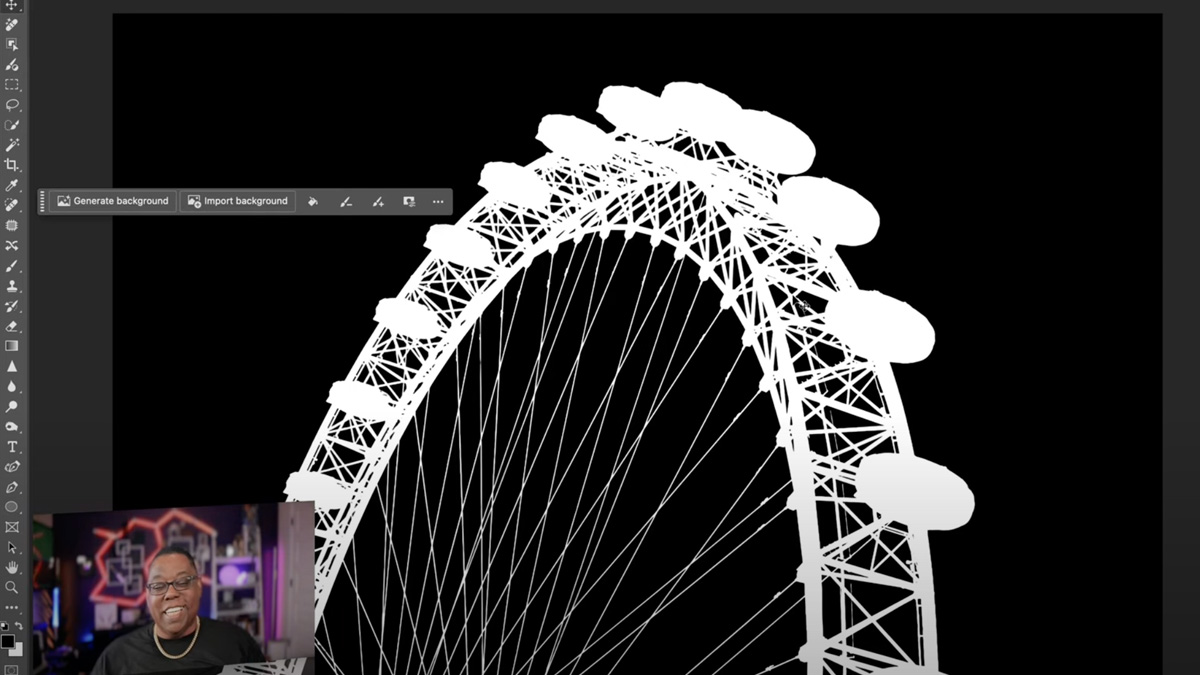























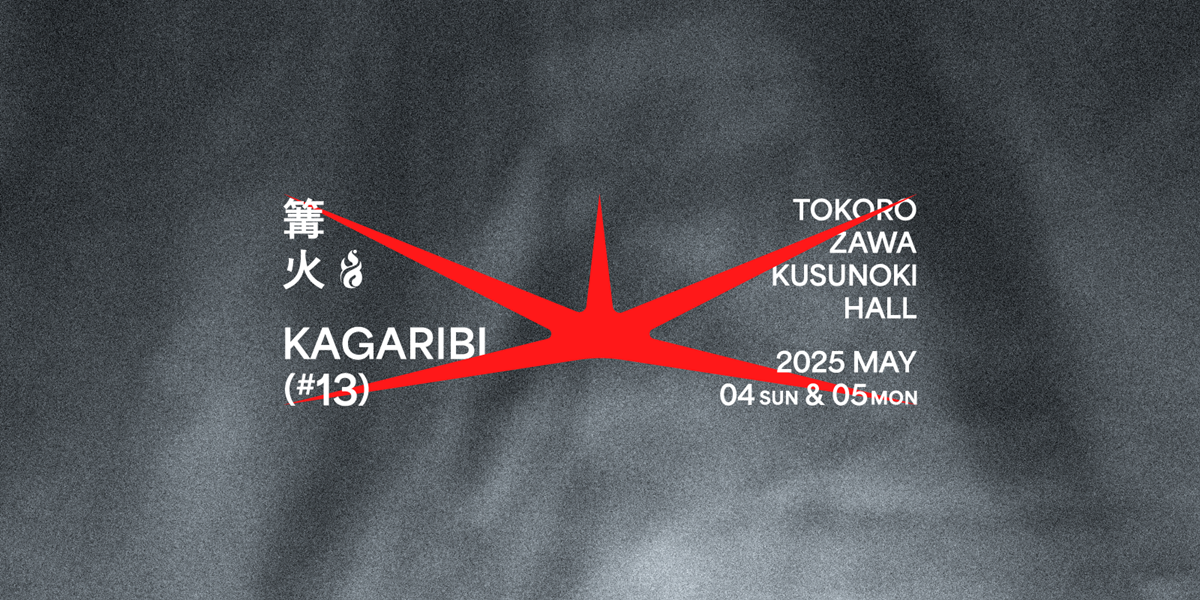































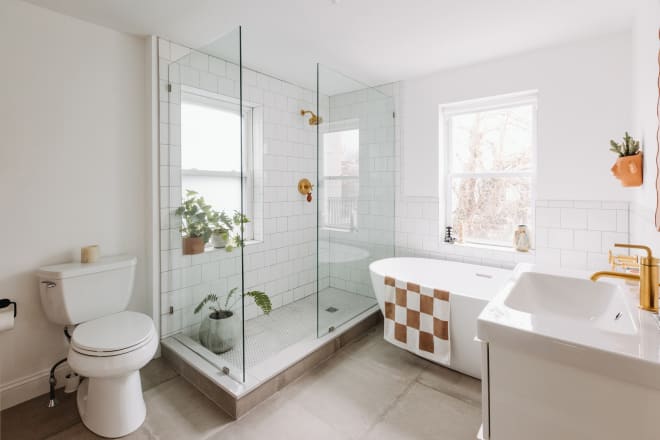












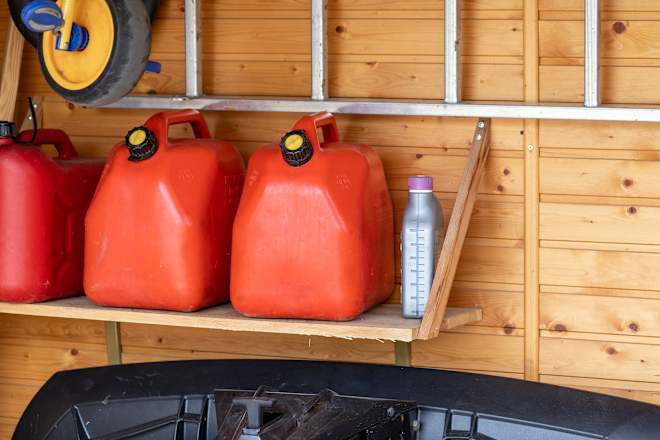









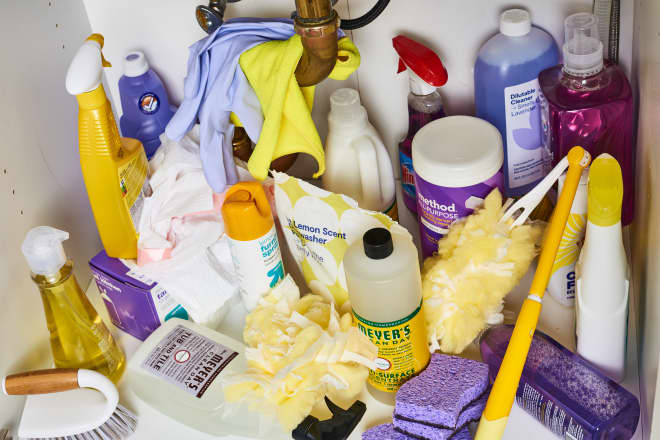
























/33901f8b-dab8-4ac5-8d01-7bf897aa6a96--2015-0122_chocolate-dump-it-cake_james-ransom_008.jpg?#)









































.jpg)
















































